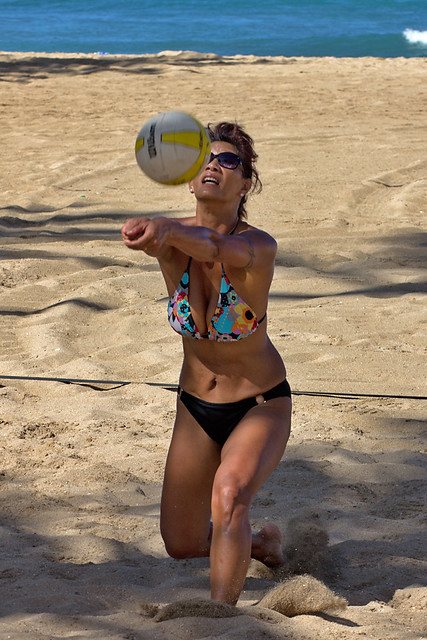Yoga is a form of exercise
and meditation that originated in India. Hatha yoga is the most popular form of
yoga practiced in the united states. Although yoga doesn’t require any special
equipment, deciding on the best yoga props for your workout can increase your
stability and balance when you move through the different postures.
Their email list of items or equipment you need isn't an extensive one to start your yoga practice comfortably. Understanding what equipment to have makes going to your first yoga class very simple.
Clothing
You can probably locate an array of clothes in your closet which will work in a yoga class. Comfortable work-out type clothes work the best. Shirts or tops ought to be form fitting. Loose shirts fall in your face and head when you are in upside yoga poses and could be quite uncomfortable. Exercise pants, shorts or capris work nicely for yoga. For hot yoga classes long pants are wonderful. Many poses require you to hold your legs and also the clothing keeps your grip from slipping in your sweaty legs. Yoga is practiced barefoot. No shoes within the classroom or on your mat.
Towel
A medium to large size towel is carried practically by all to some yoga class. You use a towel to wipe your brow through the class. Some students bring two towels: someone to wipe off sweat and also the other on top of their yoga mats to reduce slipping on the mat. Special “skidless” yoga towels take presctiption the market to fit on top of your mat perfectly, but a unique towel can costs from $30 to $65. A seaside towel on the mat works too.
Yoga Mat
When you're looking at yoga supplies and its yoga equipment, the yoga mat is without a doubt the most important item required for practicing yoga. Mats are available in various styles and discounts. An especially popular style is known as a "sticky mat" which includes a firm grip to the ground to make sure proper balance and preventative.
The Bag
After picking out the best yoga mat, you will be wishing for something stylish to avoid it in. The latter "must-have" in deep breathing supplies and yoga equipment may be the yoga holder. Choose a bag that's durable enough to toss in the backseat of all the car, yet stylish enough to move with you any where. One popular type of yoga bag incorporates separate compartments for private belongings, a smart phone as well as your meditation mat.
The Blocks
Yoga fundamentals, foam wedges to enhance reach and upgrading form, are crucial items during yoga supplies together with still have yoga equipment. The perfect yoga blocks aren't durable enough to resist long workouts, but light enough to toss in a bag and carry effortlessly.
While you choose yoga accessories, find the best quality items which suit your budget. Make certain you look beyond appearances selecting the best yoga supplies along with still have yoga equipment, as comfort and security should be your first priorities.
Their email list of items or equipment you need isn't an extensive one to start your yoga practice comfortably. Understanding what equipment to have makes going to your first yoga class very simple.
Clothing
You can probably locate an array of clothes in your closet which will work in a yoga class. Comfortable work-out type clothes work the best. Shirts or tops ought to be form fitting. Loose shirts fall in your face and head when you are in upside yoga poses and could be quite uncomfortable. Exercise pants, shorts or capris work nicely for yoga. For hot yoga classes long pants are wonderful. Many poses require you to hold your legs and also the clothing keeps your grip from slipping in your sweaty legs. Yoga is practiced barefoot. No shoes within the classroom or on your mat.
Towel
A medium to large size towel is carried practically by all to some yoga class. You use a towel to wipe your brow through the class. Some students bring two towels: someone to wipe off sweat and also the other on top of their yoga mats to reduce slipping on the mat. Special “skidless” yoga towels take presctiption the market to fit on top of your mat perfectly, but a unique towel can costs from $30 to $65. A seaside towel on the mat works too.
Yoga Mat
When you're looking at yoga supplies and its yoga equipment, the yoga mat is without a doubt the most important item required for practicing yoga. Mats are available in various styles and discounts. An especially popular style is known as a "sticky mat" which includes a firm grip to the ground to make sure proper balance and preventative.
The Bag
After picking out the best yoga mat, you will be wishing for something stylish to avoid it in. The latter "must-have" in deep breathing supplies and yoga equipment may be the yoga holder. Choose a bag that's durable enough to toss in the backseat of all the car, yet stylish enough to move with you any where. One popular type of yoga bag incorporates separate compartments for private belongings, a smart phone as well as your meditation mat.
The Blocks
Yoga fundamentals, foam wedges to enhance reach and upgrading form, are crucial items during yoga supplies together with still have yoga equipment. The perfect yoga blocks aren't durable enough to resist long workouts, but light enough to toss in a bag and carry effortlessly.
While you choose yoga accessories, find the best quality items which suit your budget. Make certain you look beyond appearances selecting the best yoga supplies along with still have yoga equipment, as comfort and security should be your first priorities.


.jpg)

